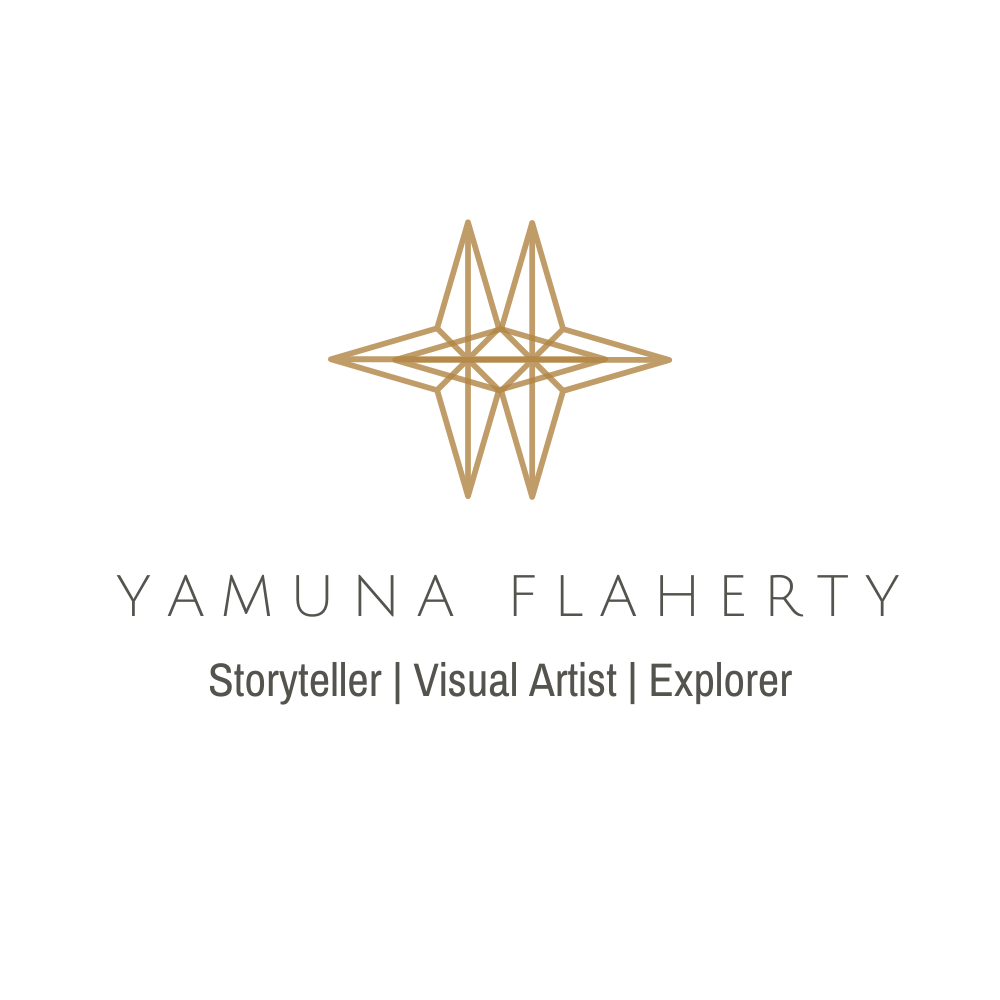In Pictures: The Uyghurs of Xinjiang
The predominantly Muslim Uyghurs, are a Turkic ethnic minority live in
Xinjiang, within the borders of present-day China. They are one of a number
of ethnic minorities being persecuted by the Chinese Community Party and
are currently being detained in ‘re-education’ centres where their cultural identity
is being systematically erased through a government-sponsored campaign.
Travel along the Silk Road to discover the unique and fragile culture of the Uyghur people.
A Uyghur boy sits atop a pile of East Turkestan carpets in Kashgar, a Silk Road town in China’s northwestern province of Xinjiang.
The predominantly Muslim Uyghurs are a Turkic ethnic minority living in Xinjiang, within present-day China. They are one of several minorities being persecuted by the CCP (Chinese Communist Party). They are currently being interned in ‘re-education’ centres where their cultural identity is systematically erased through a government-sponsored campaign.
These photographs were taken in Xinjiang in 2007.
A Uyghur man wears a ‘dopa’, a four-angled, embroidered hat which has come to be a symbol of the Uyghur people.
Poplar trees line a street in Kashgar, a town which has historically served as a major trading hub along the Silk Road.
‘Laghman’, hand-pulled noodles, are a Uyghur speciality.
Built in 1442, the Id Kah Mosque is the largest in China and one of the largest in Central Asia.
Women sell Ikat-printed fabric at a market. Uyghur Ikat is a dyeing technique that employs resist-dyeing and was famous in the Silk Road town of Kashgar.
Men sell strings of garlic atop their bicycles on the highway.
Nan bread is sacred to the Uyghurs and a symbol of their culture.























































